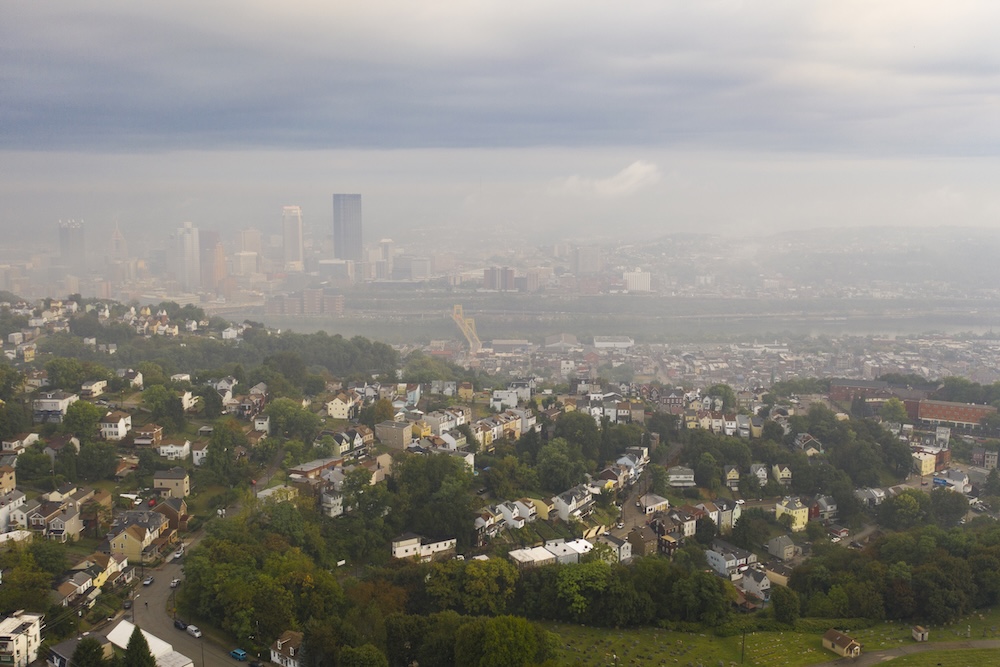Pollution doesn’t always look like smoke or sludge.
Sometimes it’s transparent, silent, and too small to see — but it’s everywhere. In the air that fills your lungs. In the fibers of your clothes. In the dust on your table and the water in your glass.
This is invisible pollution — the contamination that hides in plain sight, shaping our health and our planet quietly, relentlessly.
The Myth of the Visible Threat
We’ve been conditioned to recognize pollution as something obvious — a smokestack, a spill, a landfill.
But the 21st century’s most dangerous pollutants are the ones that don’t draw attention.
Invisible pollution is what happens when industrial chemistry, convenience, and scale collide. It’s made of particles so fine, and molecules so persistent, that they bypass our senses entirely — until the effects surface decades later.
You Breathe It
Airborne Microplastics and Fine Particulates
Every time a tire rolls on asphalt, a jacket sheds synthetic fibers, or a factory burns fuel, tiny fragments enter the air. Studies now estimate that we inhale tens of thousands of microplastic particles each year.
Particulate matter (PM2.5) — fine dust less than 2.5 microns wide — travels deep into lungs and even enters the bloodstream. According to the World Health Organization, air pollution contributes to 7 million premature deaths annually.
The danger isn’t just in polluted cities — it’s in homes, offices, and rural air too. Cooking fumes, candles, cleaning sprays, and even laundry dryers release invisible pollutants indoors, where we spend 90% of our time.
You Drink It
Microplastics and “Forever Chemicals” (PFAS)
From bottled water to tap, no source is untouched. A 2024 study found microplastics in 94% of U.S. water samples, including those from household taps.
Even more concerning are PFAS (per- and polyfluoroalkyl substances) — synthetic chemicals used in waterproof coatings, nonstick cookware, and packaging. Nicknamed “forever chemicals,” PFAS don’t break down naturally and are now found in nearly every human blood sample tested globally.
They’ve been linked to cancer, hormone disruption, and immune dysfunction — and yet, they remain largely unregulated in many regions.
You Wear It
Synthetic Fibers and Chemical Residues
Clothing once made from organic fibers like cotton and wool is now dominated by synthetics — over 60% of global textiles are plastic-based, such as polyester, nylon, and acrylic.
Each wash releases thousands of microscopic fibers into wastewater, which eventually flow into rivers and oceans. The fashion industry alone contributes 35% of global microplastic pollution.
And it doesn’t stop there. Many garments carry chemical finishes — dyes, flame retardants, wrinkle-resistant agents — that can leach through skin contact or release toxins when discarded or burned.
Invisible pollution isn’t just around us — it’s on us.
You Eat It
Pesticides, Additives, and Airborne Contaminants
Produce grown with chemical pesticides retains trace residues that accumulate over time. Marine life absorbs microplastics and heavy metals, which then return to human plates through seafood.
Even air pollution affects food: airborne nitrogen and ozone reduce crop yields and nutrient density.
Pollution, once a distant concept, becomes part of our biology.
Why We Don’t See It — and Why That’s Dangerous
Humans evolved to react to what’s visible, loud, and immediate. But invisible threats like microplastics or PFAS don’t trigger our instincts. They build up silently, normalized through marketing, habits, and infrastructure.
This invisibility benefits the industries that create them — if we can’t see the harm, we don’t demand change.
Invisible pollution thrives on our comfort with blindness.
How to Make the Invisible Visible
1. Start Reading Ingredients and Materials
Awareness begins with labels — from food to fabrics to cleaning supplies. Look for “poly-,” “fluoro-,” or “vinyl” prefixes that hint at synthetic origins.
2. Filter, Reuse, and Rethink
Use HEPA filters, water purifiers, and natural fiber textiles. Repair and reuse before replacing. Each mindful act reduces the flow of invisible waste.
3. Vote and Advocate for Transparency
Support policies that regulate PFAS, ban harmful chemicals, and enforce producer accountability. Demand public right-to-know labeling for chemical emissions.
4. Rebuild Sensitivity
Visit nature more often. Feel the clean air, see the clarity of water, notice differences. Relearning what “clean” truly feels like strengthens awareness.
5. Talk About It
The more we name it, the less invisible it becomes. Conversations create clarity. Awareness creates pressure. Pressure creates change.
Final Thoughts
Invisible pollution may not cloud the sky, but it clouds our health, our ecosystems, and our trust in what’s safe.
The hardest part isn’t the danger — it’s the denial. We can’t fix what we refuse to see.
But awareness has power. Every breath of clean air, every unpolluted drop of water, every plastic-free choice is a step toward seeing clearly again — toward living in alignment with the world we depend on, and that depends on us.
The invisible becomes visible the moment we decide to look.









Reader Interactions